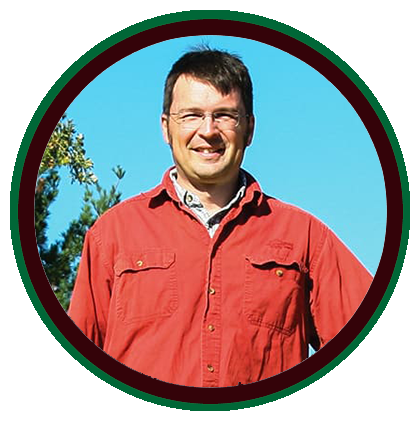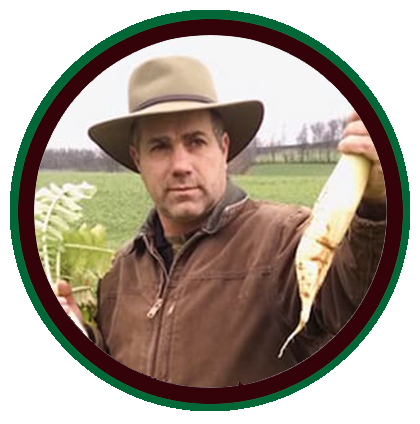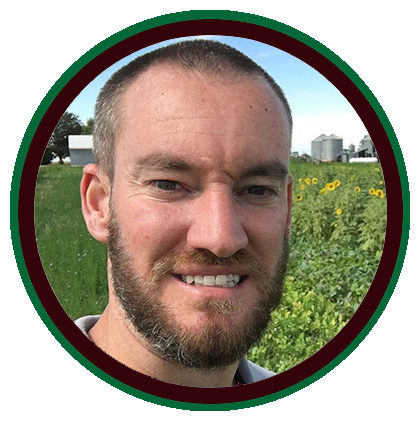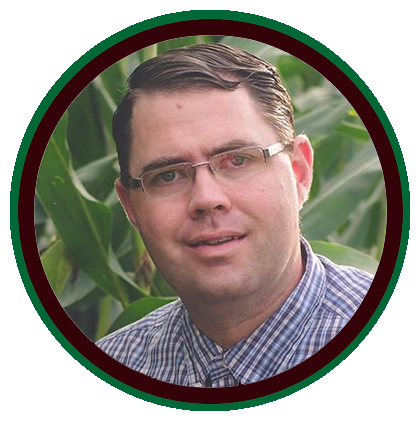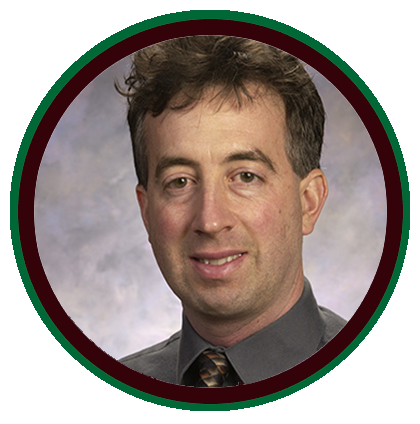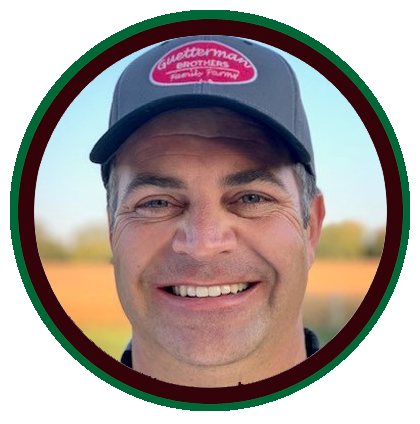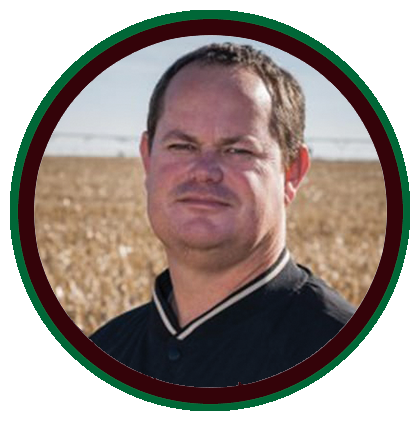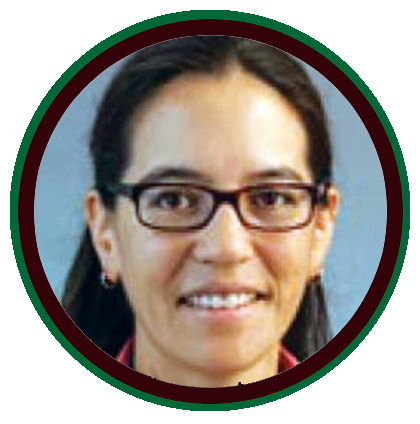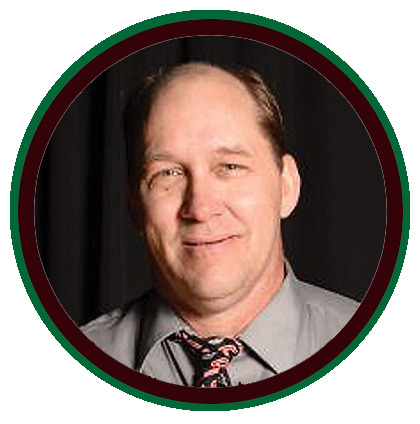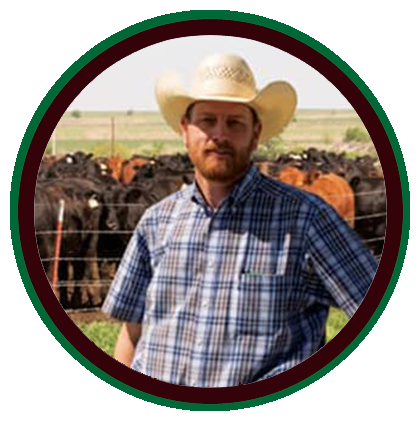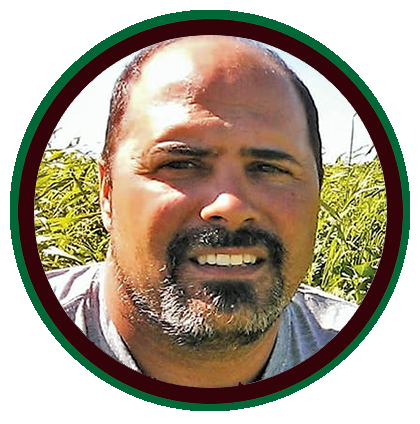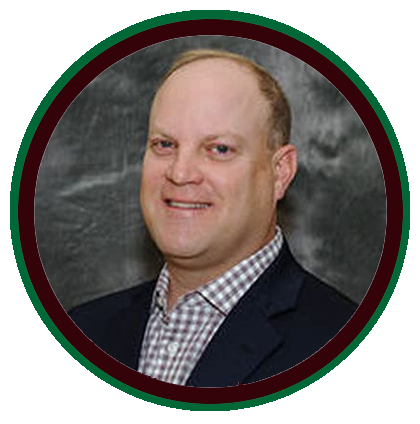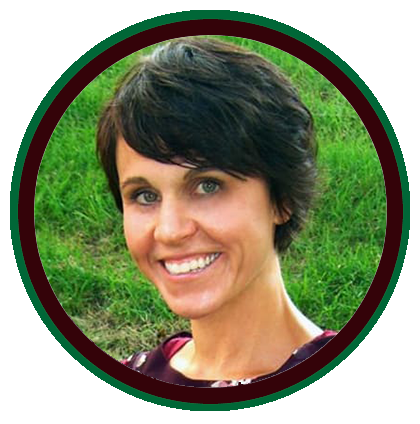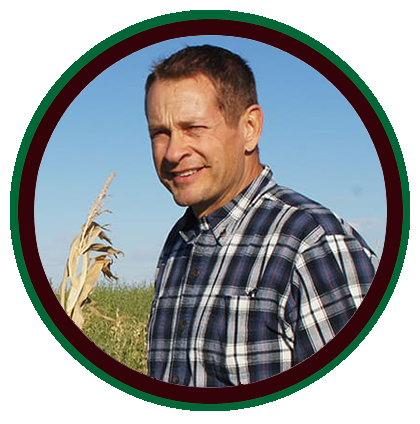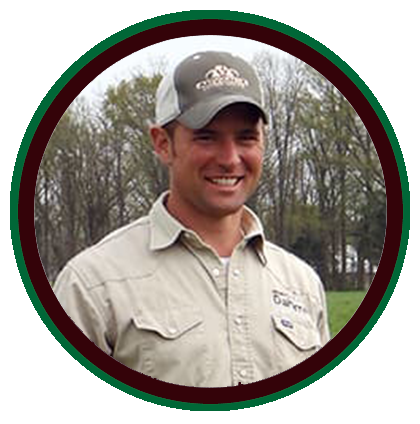It's Not Too Late for Frost Seeding
Sjoerd Duiker
Professor of Soil Management,
Penn State Univ.
Learn more
Although many growers may consider the “ideal” time to plant cover crops is immediately after harvest, having snow on the ground is not a reason to give up on utilizing the benefits cover crops can offer. This is where frost seeding comes into play as a cover crop seeding method.
Cover crop seeds are small and hardy, allowing Mother Nature to help establish seed to soil contact through the soil’s up and down movement as it freezes and thaws. There is no need for tillage when frost seeding is used.
Sjoerd Duiker, a professor of soil management and soil physics, will discuss the best cover crop species to use for frost seeding at the 2020 National Cover Crop Summit: Fall Edition. His presentation will also cover the preferred timing for frost seeding and how to effectively plant cover crop seeds when frost seeding for optimum results.
Hide content
|
Improving Soil Health Through Diverse
Crop Rotations Including Covers
Dan Forgey
Grower, Gettysburg, S.D.
Learn more
Daniel Olson details how he chooses cover crop mixes for his 1,200-acre dairy, where he milks 400 cows with his family. In addition to farming, Olson provides forage consulting services to dairy farmers.
Olson also shares how he uses full-season annual cover crop cocktails to break the rootworm cycle in his corn crop, why he transitioned away from seeding cover crops in the fall and how his operation utilizes cover crops as forage for the dairy cattle herd. Olson has eliminated alfalfa and implemented a crop rotation including triticale, sorghum-sudangrass, Italian ryegrass and clover that is harvested three times.
Hide content
|
| |
Aerial Seeding Can Be An Effective
Cover Crop Seeding Method
Adam Kramer
Grower, Prairie du Chien, Wis.
Learn more
 Harvest season is a busy time. There is so much for a grower to organize, manage and stay on top of that adding one more thing during the season — like seeding cover crops — just seems way too daunting. However, there are other seeding options for growers to consider that don’t require any additional physical labor on the grower’s part. Aerial seeding is one of those options.
Aerial seeding is an ideal choice for getting cover crops seeded when time is of the essence, or when ground conditions are less than ideal for equipment, such as when soil is wet. Aerial seeding still provides the same flexibility for planting cover crop mixes, as the method can be used for multiple cover crop species.
Adam Kramer, grower and Certified Crop Advisor from Prairie du Chien, Wis., will discuss how aerial application can be an economical choice. Kramer’s presentation will share his experiences working with growers who are aerial seeding and what growers should know to help make aerial seeding successful in their operations.
Hide content
|
Spice Up Corn & Soybeans
with Cover Crops
Nick Gutterman
Grower, Miami County, Kan.
Learn more
Corn and soybeans are the two most common crops grown in the U.S. Many growers who raise those crops might not know how to break the corn-and-soy cycle to include cover crops. One grower from Kansas shares tips on how it can be done.
Nick Guetterman farms with his father and 3 brothers in Miami County, Kan. Their 16,000-acre operation uses cover crops to increase their soil organic matter while growing corn and soybeans.
Guetterman will discuss how the operation has added cover crops such as winter peas, canola and rye to their corn and soybean rotation. Guetterman will also share how higher soil organic matter levels have resulted in higher yields, how double-cropping has helped with residue levels and improving soil health, and how the farm determines how much cover crops to seed between corn and soybean crops.
Hide content
|
| |
Cover Crops Work for Dairies, Too
David Trimner
Miltrim Farms, Athens, Wis.
Learn more
Dairy operations typically have one primary goal: make as much milk as possible, since that is the product they are paid for. Miltrim Farms, a dairy based in Athens, Wis., seeks to not just produce large quantities of milk, but also to be good environmental stewards of the land and water.
David Trimner, a 4th generation dairyman and General Manager of Miltrim Farms, will share how the largest automated dairy in Wisconsin has incorporated cover crops to enhance water quality. Miltrim Farms, established in 1988, milks 2,500 cows, grows crops on 4,800 acres and has 40 full-time employees. Trimner will discuss how Miltrim Farms uses covers to reduce erosion and water runoff, why the dairy uses minimal tillage practices, and how they interseed alfalfa into corn.
Hide content
|
Integrating Livestock with a
Cover Crop System
John Stigge
Grower and Lifestock Producer,
Washington, Kan.
Learn more
Adding livestock to a cover crop system is considered the last step in bringing cover crops full circle in an operation. One Kansas grower and livestock producer shares insights from 35-plus years of no-till, 23 years of cover cropping and using livestock to increase his soil’s health and productivity while significantly reducing input costs.
John Stigge, Washington, Kan., has a philosophy focused on soil health and raises carbon-negative beef on his 1,200 acre farm. Stigge and his family have mastered carbon sequestration, which results in accelerated growth of grasses and cover crops and increased soil organic matter.
Hide content
|
| |
Using Cover Crops, Better Soil Biology to
Boost Fertilizer, Irrigation Efficiency
Nick Vos
Grower, Hugoton, Kan.
Learn more
Soil biology and traditional fertilizer and irrigation practices may not seem to have a relationship — but to Nick Vos, it’s a no brainer.
The South African-born grower, who raises corn, soybeans, wheat and sorghum near Hugoton, Kan., will outline how improvements in soil biology through cover crop seeding and reduced soil disturbance can help farmers implement root exudation 365 days a year while reducing commercial inputs, preserving soil moisture and improving irrigation-use efficiency, even in one of the driest farming regions in the U.S.
Hide content
|
Increasing Organic Matter Through
Covers, Crop Rotation in a Dryland Environment
Kelly Kettner
No-Tiller, Muleshoe, Texas
Learn more
Kelly Kettner, Muleshoe, Texas, will be sharing his experiences using cover crops to increase organic matter on his 5,000 acre operation.
Kettner has been no-tilling since 2005 and plans his crop rotations carefully, including corn, cotton, barley, rye, wheat, soybeans, pumpkins and sorghum, in addition to cover crops. Crop rotation allows Kettner to use different herbicide options to control residual weeds, such as pigweed. In the dry Texas Panhandle, storing soil moisture is critical, and since switching to no-till and building up organic matter, corn yields are 260-270 bushels per acre.
Hide content
|
| |
Breathing New Life Into Your Semi-Arid
Soils with Cover Crops
Jake Mowrer
Assistant Professor and Extension Specialist
in Soil and Crop Sciences, Texas A&M University
Learn more
Jake Mowrer, a soil nutrient and water resource management specialist at Texas A&M AgriLife Extension, will explain different soil fertility practices to make cover crop production even more efficient, and why growers should think of their soil as massive habitat—and how to keep it thriving.
Although farmers tend to focus on the plant growing above the ground, Mowrer will discuss the work that plant roots do to wrest nutrients from the soil. Mowrer will share lessons on what growers can do to prevent soil degradation. Through his explanations, he will describe the nature of soil make up and share tips on how to improve soil quality.
Hide content
|
Making the Transition: Gradually Building
a Cover Crop Program for Your Operation
Zeb Winslow
No-Tiller, Scotland Neck, N.C.
Learn more
Zeb Winslow, Scotland Neck, N.C., will be discussing how he transitioned his family operation to using no-till and cover crops while keeping the ledger in the black during the mid-1990s.
The fifth-generation farmer uses a diverse mix of cover crops, including rye, triticale, oats, crimson clover, rapeseed, wooly pod vetch and winter peas while growing cash crops of corn, soybeans and cotton on 800 acres. Cover crops are rolled before planting to help with weed suppression and moisture conservation, and cash crops are planted green into the covers. Winslow will discuss how he got started using cover crops and slowly built up to where they are today.
Hide content
|
| |
Adopting a ‘2020 Mindset’ with Perennial
Covers, Organic No-Till in Mind
Loran Steinlage
No-Tiller, West Union, Iowa
Learn more
The farming system Loran Steinlage built has been under constant evolution the last several years, from no-tilling to interseeding cover crops to companion and relay cropping cash crops and cover crops.
The owner of FLOLO farms in West Union, Iowa, who raises corn, soybeans, cereal rye, winter wheat, malt barley and buckwheat, will talk about the next step — integrating organic practices and perennial cover crops — to keep living plants in the ground 24/7/365. He’ll share some of the data he’s collecting to verify the system is working, and also how he’s managed to suppress cover crops with his innovative farming methods instead of terminating them.
Hide content
|
Weed and Pest Management Considerations
with Cover Crops
Erin Haramoto
Weed Scientist, University of Kentucky
Learn more
Erin Haramoto, University of Kentucky weed scientist, will talk about her research on how weeds and weed seeds in the soil respond to practices like cover crop planting and reduced tillage.
She will also discuss management decisions growers should consider when utilizing cover crops specifically for weed suppression, especially for tough weeds like marestail, that have a better chance for increasing economic returns. Haramoto’s presentation will also address how covers can be used to control nematodes, the impacts on insects and forage quality.
Hide content
|
| |
Do Cover Crops Really Pay Off?
Crunching the Numbers
Jim Hoorman
Former NRCS and Extension Educator,
Ohio State University
Learn more
Cover crops should be viewed as an investment line item, rather than an expense in the farm budget. Jim Hoorman, former NRCS and Extension educator with Ohio State University Extension and owner of Hoorman Soil Health Services, explains how and when cover crops will start to pay off for growers and how they can pay when used as forage or for grazing livestock.
Hoorman will also discuss how the many benefits of cover crops, such as improved soil quality and reduced nutrient loss will result in increased yields and higher profitability.
Hide content
|
Leveraging Cover Crops as a Feed Source
Nick Jorgensen
No-Tiller, Ideal, S.D.
Learn more
Nick Jorgensen, Ideal, S.D., uses native grass cover crops as part of the feeding program for Jorgensen Land & Cattle’s cow/calf and bull development operation. The fourth-generation farm and ranch has farmed 12,000 non-irrigated, no-till acres since the early 1990s, placing a strong emphasis on soil health and sustainability throughout their production system.
Jorgensen will discuss how cover crops can be part of the livestock diet for high-performing, healthy cattle that are ready to express their genetic potential. Jorgensen Land & Cattle uses a diverse crop rotation with as many as 12 different crops and graze their bull herd on cover crops grown during the off growing season, which has helped them lower production costs while improving soil health.
Hide content
|
| |



